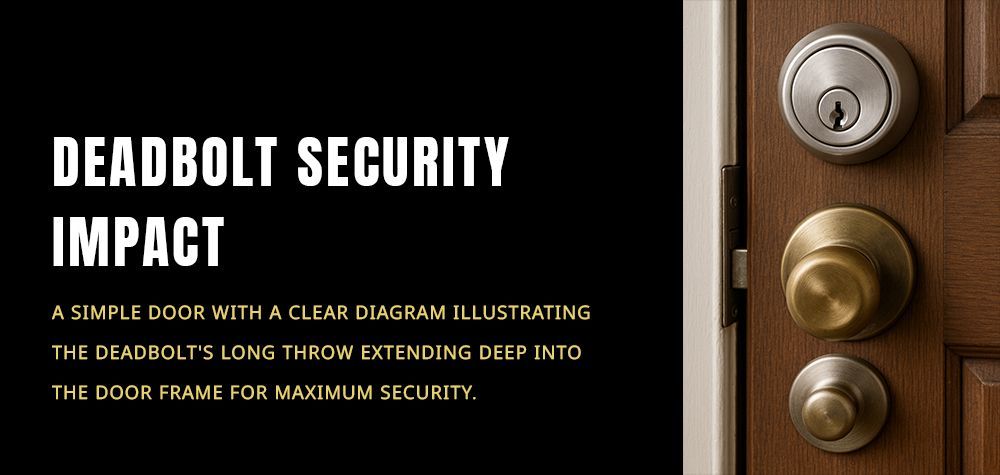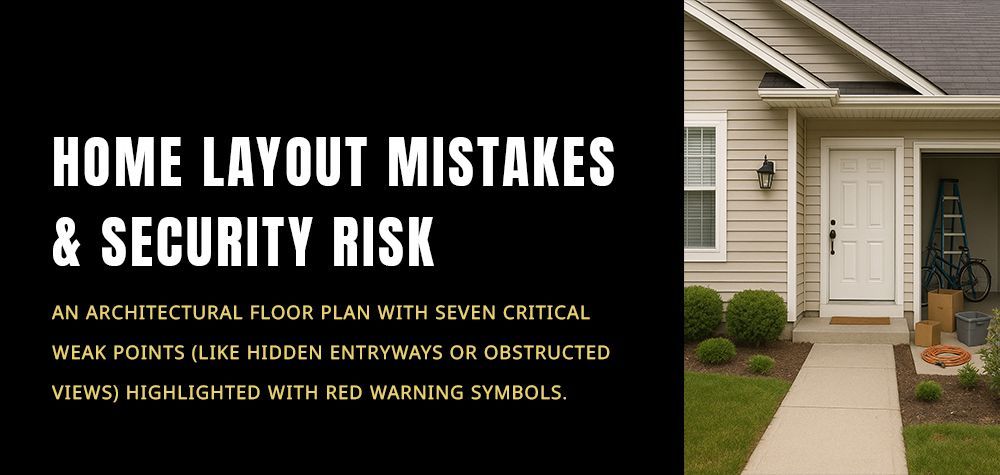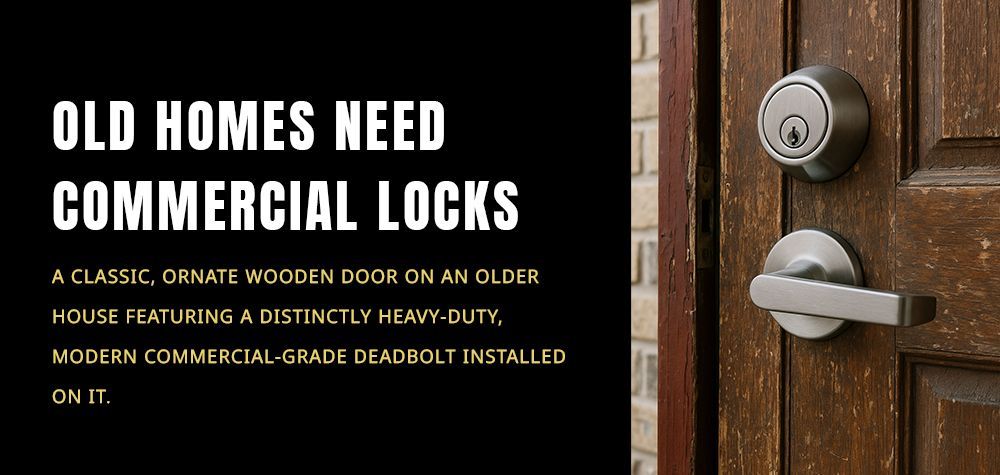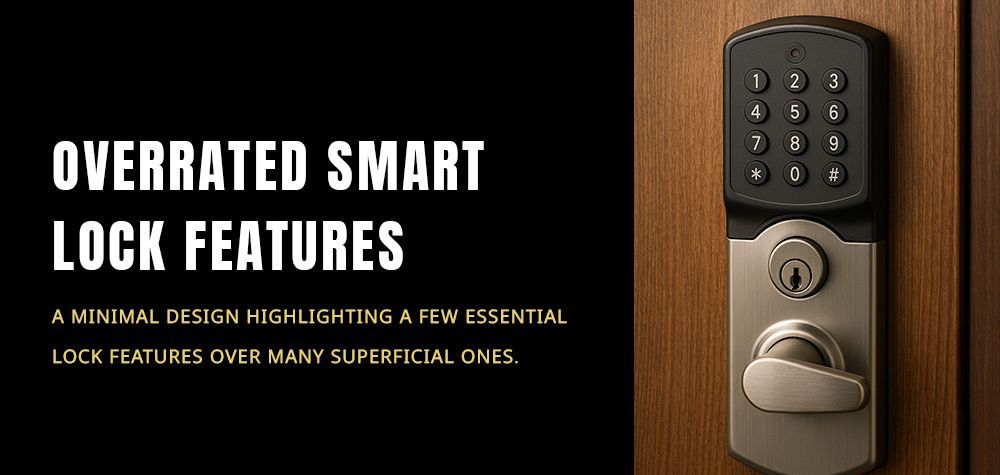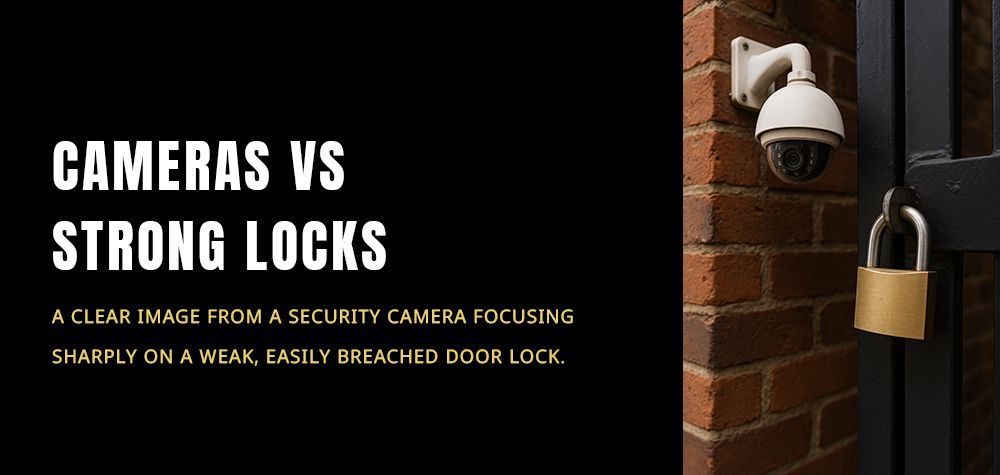Car Key Replacement Insurance Coverage: What You Need to Know
Car key replacement can be a costly and inconvenient affair. However, many insurance providers offer key replacement cover as an add-on to their policies, providing a financial safety net when faced with lost, stolen, or damaged car keys. In this comprehensive guide, we will delve into the intricacies of car key replacement insurance, covering everything from what it includes to how to make a claim. Additionally, we'll explore the importance of key protection, the types of car keys, and why replacement costs can vary.
Key and Lock Replacement in Car Insurance:
Car insurance policies often extend beyond covering damages to the vehicle itself. Key and lock replacement coverage is an add-on that specifically addresses the expenses related to replacing lost, stolen, or damaged car keys. In addition to safeguarding against damages to the vehicle, car insurance policies can be enhanced with key and lock replacement coverage, a valuable add-on designed to specifically cater to the expenses associated with lost, stolen, or damaged car keys.
This comprehensive protection acknowledges the increasing complexity and costs involved in modern car key replacements, providing policyholders with financial assistance and peace of mind in the face of unexpected key-related challenges. By opting for this add-on, car owners ensure that the inconvenience of key issues is not only addressed promptly but also without bearing the full burden of replacement costs. This strategic inclusion reflects the evolving nature of car insurance, offering a holistic approach to coverage that goes beyond traditional concerns.
What is Key Replacement Cover in Car Insurance?
Key replacement cover, also known as key protection or key insurance, is an additional feature that policyholders can include in their car insurance policies. This add-on covers the costs associated with replacing or repairing lost, stolen, or damaged car keys, as well as the reprogramming of keyless entry systems. Key Replacement Cover in car insurance is a specialized add-on that offers financial protection in scenarios involving lost, stolen, or damaged car keys. This coverage goes beyond the typical scope of insurance by addressing the increasingly sophisticated and costly nature of modern car keys.
In essence, it ensures that policyholders won't be left to cover the entire expense of key replacement, including the reprogramming of keyless entry systems. This add-on serves as a practical solution to the inconveniences and expenses associated with key-related incidents, providing a tailored and comprehensive approach to safeguarding a crucial aspect of vehicle security.
How to Buy Key Protect Claim Add-on?
When purchasing or renewing your car insurance policy, inquire about the availability of key replacement coverage as an add-on. Insurance providers often offer this as an optional feature, and you can include it by paying an additional premium. Discuss the terms and conditions with your insurer to understand the extent of coverage provided. When obtaining or renewing your car insurance policy, it's prudent to inquire about the availability of key replacement coverage as an add-on.
Typically offered as an optional feature, you can include this valuable coverage by paying an additional premium. Engage in a detailed discussion with your insurance provider to thoroughly understand the terms and conditions associated with the key replacement add-on. This proactive approach ensures that you make an informed decision regarding the extent of coverage provided, allowing you to tailor your insurance policy to address potential key-related challenges with precision and clarity.
Benefits of Key Protection Add-on Cover:
- Financial Security: Key replacement cover ensures that you won't have to bear the full cost of replacing or repairing your car keys out of pocket. Key replacement cover provides a crucial layer of financial security by alleviating the need for policyholders to bear the entire cost of replacing or repairing their car keys out of pocket. In instances of lost, stolen, or damaged keys, this coverage steps in to absorb a significant portion, if not all, of the associated expenses.
- Convenience: With this add-on, you can quickly and conveniently get your keys replaced without worrying about significant expenses. The key replacement add-on not only provides financial security but also facilitates a quick and convenient process for getting your keys replaced. By opting for this coverage, policyholders can avoid the worry of incurring significant expenses when faced with lost, stolen, or damaged car keys. The streamlined and hassle-free nature of key replacement under this add-on ensures that car owners can swiftly regain access to their vehicles, minimizing disruptions to their daily lives.
- Comprehensive Coverage: This inclusive approach ensures that regardless of the type of key your vehicle utilizes, the coverage extends to address potential issues related to loss, theft, or damage. Whether it's a conventional metal key or a sophisticated keyless fob, policyholders can rely on the key protection cover to provide a robust safeguard, reflecting the evolving landscape of car key technologies.
Why is Car Key Insurance Important?
Car key insurance is essential for mitigating the financial burden associated with key replacement. Considering the advanced technology embedded in modern car keys, the cost of replacement has significantly increased. Key insurance offers peace of mind and financial security in the event of key-related issues. Car key insurance stands as an essential safeguard, particularly in light of the escalating financial burden associated with key replacement. The incorporation of advanced technology in modern car keys has led to a significant increase in the cost of replacements.
In this context, key insurance emerges as a crucial solution, providing both peace of mind and financial security when confronted with key-related issues. By offering coverage for the intricate and often expensive process of replacing modern car keys, this insurance ensures that car owners can navigate unforeseen challenges without enduring a substantial financial setback, reinforcing its importance in today's automotive landscape.
Types of Car Keys:
Understanding the types of car keys is crucial when considering key replacement insurance. The main types include traditional keys, transponder keys, and keyless entry systems (FOB/remote keys).
Why Replacement of Keyless FOB/Remote Key is Expensive:
Keyless entry systems, commonly known as FOB or remote keys, are technologically advanced and often expensive to replace. These keys use electronic signals to communicate with the car's security system, requiring specialized equipment and expertise for replacement. The replacement of keyless FOB or remote keys tends to be expensive due to the advanced technology inherent in these systems. Keyless entry systems, often referred to as FOB or remote keys, operate using intricate electronic signals to communicate with a vehicle's security system.
Unlike traditional keys, these modern counterparts involve complex technology, making their production and replacement more sophisticated. The specialized equipment and expertise required to replicate or reprogram keyless FOBs contribute to the higher cost of replacement. As a result, the expense associated with keyless FOB or remote key replacement underscores the intricate nature of these advanced security features in contemporary vehicles
Cost of Car Key Replacement Insurance:
The cost of key replacement insurance varies among insurance providers. Factors influencing the cost include the type of coverage, the make and model of your vehicle, and your geographical location. It's advisable to obtain quotes from different insurers to find the most competitive rates. The cost of car key replacement insurance is not uniform and varies among different insurance providers. Several factors contribute to the determination of this cost, including the type of coverage selected, the make and model of the insured vehicle, and the geographical location of the policyholder.
Insurers may offer different packages or coverage levels, influencing the overall cost of the key replacement insurance. To ensure a well-informed decision, it is advisable for prospective policyholders to obtain quotes from various insurance providers. Comparing these quotes allows individuals to identify the most competitive rates and select a key replacement insurance plan that aligns with their specific needs and budget constraints.
Exclusions:
Exclusions from coverage may include:
- Wear and Tear: Damages due to wear and tear may not be covered. Exclusions from key replacement coverage may encompass specific scenarios, and one common exclusion is damages resulting from wear and tear. In such cases, the insurance policy might not cover the costs associated with replacing or repairing car keys that have deteriorated over time due to regular usage. It's essential for policyholders to be aware of these exclusions as they can significantly impact the coverage provided. Understanding the terms and conditions surrounding wear and tear exclusions ensures that individuals have a clear understanding of the circumstances under which the key replacement insurance may not apply, allowing for informed decision-making and managing expectations.
- Negligence: If the loss or damage occurs due to negligence, such as leaving keys in an unattended vehicle, coverage may be denied. Another important exclusion from key replacement coverage involves incidents related to negligence. If the loss or damage to the car keys occurs due to negligence on the part of the policyholder—such as leaving keys in an unattended vehicle—coverage may be denied. Insurance providers often define specific circumstances under which negligence is considered, and policyholders are expected to adhere to responsible practices to maintain the validity of their coverage. This exclusion emphasizes the importance of taking reasonable precautions to prevent key-related issues and reinforces the principle that insurance coverage is contingent on responsible behavior and adherence to stipulated terms and conditions
Claim Process for Key Replacement Cover:
How To Claim Car Insurance for Key Protection?
The process for claiming key replacement coverage typically involves the following steps:
- Report the Incident: Notify your insurance provider about the loss, theft, or damage to your keys as soon as possible.
- File a Police Report: In case of theft, file a police report and obtain a copy as it might be required during the claim process.
- Provide Necessary Documentation: Submit any required documentation, such as the police report, proof of ownership, and details of the incident.
- Follow the Claim Process: Work with your insurance provider to complete the necessary paperwork and adhere to their specific claim process.
Things To Keep in Mind While Filing a Claim:
- Timeliness: Report the incident promptly to ensure a smooth claims process.
- Document Everything: Keep detailed records of the incident, including any communication with the police and your insurance provider.
- Follow Instructions: Adhere to the specific instructions provided by your insurer during the claims process.
Brothers Locksmith
Brothers Locksmith is a reputable service provider known for its expertise in key cutting, programming, and locksmith services. When faced with key-related issues, consider reaching out to Brothers Locksmith for professional assistance. Their skilled technicians and state-of-the-art equipment ensure precise key cutting and programming, providing reliable solutions to enhance the security of your vehicle.
Conclusion:
Car key replacement insurance offers a valuable safety net in situations where keys are lost, stolen, or damaged. Understanding the coverage, types of keys, and the claim process is crucial for making informed decisions about key protection add-ons. Whether it's a private car or a commercial vehicle, key replacement insurance can provide financial security and peace of mind, making it a worthwhile consideration for every car owner.
Call Us Any Time!


